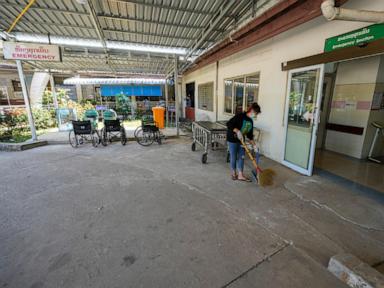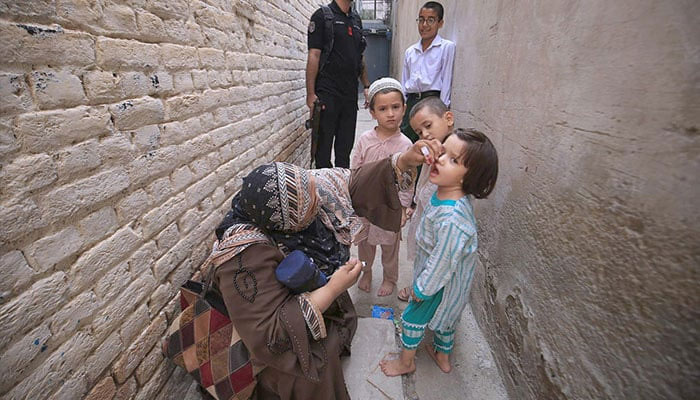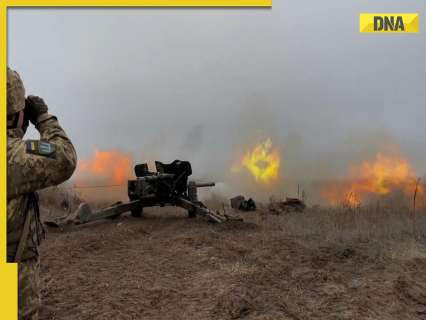
Nationwide rates of emergency room visits for babies with Mycoplasma pneumoniae are on track to surpass rates for school-age children, data from the U.S. Centers for Disease Control and Prevention shows, as doctors nationwide are grappling with a surge of "walking pneumonia" cases.
The new figures come from the CDC's National Syndromic Surveillance Program, which gathers data on pneumonia-associated emergency room visits from U.S. hospitals.
While cases had been higher in school-age kids compared to other age groups, rates in babies have surged in recent weeks, and are now tied with older kids. According to the latest CDC data, for the week ending Nov. 2, 7.
6% of emergency department pneumonia cases for babies 0-1 years old and children ages 5-17 years old resulted in Mycoplasma pneumoniae diagnoses. "These diagnoses dropped a little after August, but remained high through early November. Of note, diagnoses among 0–1-year-olds have steadily increased throughout the fall without any subsequent decrease," CDC spokesperson Jasmine Reed said in a statement Tuesday.
During the COVID-19 pandemic, cases largely disappeared. CDC officials had said that this year's wave could be heralding a return to waves of Mycoplasma pneumoniae cases that occurred prior to the pandemic. But this year's trend has also been unusual, since cases had previously been thought to be common only in school-aged kids, not younger children.
"While we are seeing right now that it is presenting as a typical respiratory infection, we want to make sure that there isn't something unusual going on with the bacteria itself or the way it's showing up that might give guidance in how to treat and prevent it," Dr. Adam Cohen, head of the CDC's pneumonia branch, told Medscape News earlier this month . According to Reed, while every U.
S. region is seeing an increase in Mycoplasma pneumoniae cases, the CDC's data suggests that since at least last month — when several states first began to raise concerns over the surge — the ERs of three regions specifically are seeing the highest levels of the bacteria. One is in the South and spans Texas and its neighbors Arkansas, Louisiana, Oklahoma and New Mexico.
The second is in the Midwest and includes Iowa, Kansas, Missouri and Nebraska. The third is in the Northeast and includes New York and New Jersey. "Maybe it's another one of those things that we didn't see, got really suppressed during COVID, and now it's coming back," said Dr.
Jennifer Nayak, division chief of pediatric infectious disease at Golisano Children's Hospital in New York. "It just is definitely a really bad year for Mycoplasma." Nayak said that around a quarter of tests from the hospital's microbiology lab have come in positive for the bacteria, which she says is unusually high.
The hospital has also seen an increase in patients needing to be hospitalized for the bacteria and who are battling a range of conditions — from lung issues to more complicated neurological complications — though they remain a fraction of overall cases. "We've definitely seen more kids on the seriously ill side of the spectrum," Nayak said. "Likely not because the bacteria has changed, but because our rates overall are just higher.
" She cautioned that while the recent increase has been unusual, there has not been a lot of data tracking the disease, so comparisons to previous waves of the bacteria have been challenging. "Our tracking of Mycoplasma infections is suboptimal," Nayak said. "This is not something that is reportable to health departments.
It has not, until relatively recently, been closely tracked." A spokesperson for the New York State Department of Health said that it has also tracked a "marked increase" in Mycoplasma pneumoniae based on data from the state's emergency rooms, compared to previous years. While not all pneumonia cases warrant antibiotics, Nayak said testing can be important to give answers for children and their families battling persistent or serious pneumonia cases, as well as to help make decisions about how to treat the infections.
"The amoxicillin your child is getting because they might have an ear infection, or you think you're treating another community-acquired pneumonia, those antibiotics will not be effective against Mycoplasma," Nayak said. Pneumonia Alexander Tin is a digital reporter for CBS News based in the Washington, D.C.
bureau. He covers the Biden administration's public health agencies, including the federal response to infectious disease outbreaks like COVID-19..














